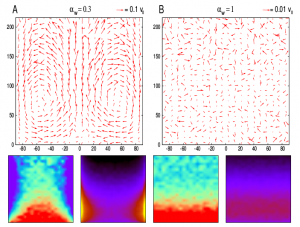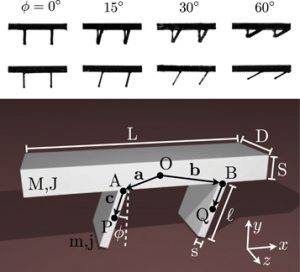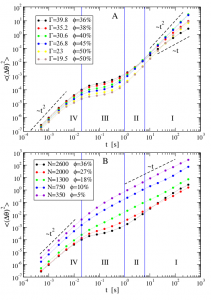Thermal convection in granular gases with dissipative lateral walls
Convection in molecular fluids is provided by the competition between gravity and an adverse temperature gradient (two thermostats, the hotter below, the colder above). In a granular gas it can be achieved by a single thermostat at the base, for instance a vibrating piston. Energy dissipation provides the “second thermostat” which spontaneously forms gradient and may stabilize a convective state. Here we have demonstrated that even the simple dissipation in the collision between grains and lateral walls is sufficient to trigger convection, without any critical threshold.… Read the rest



